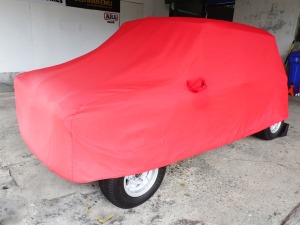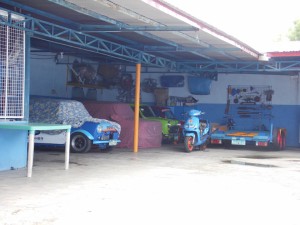In vehicle dynamics, weight is an important consideration. Weight affects a car’s dynamics unlike any other, making its presence known from the purely subjective measure of “driving pleasure” to the cold numbers of fuel economy. With legislation requiring ever more safety equipment, and consumer tastes demanding ever more comfort, space and better fuel economy from their cars, it’s a mad dash to keep vehicle weight in check. Different materials are now being employed towards this end, and aluminum has been working wonders, with early mass-market adopters Jaguar and Audi preaching its weight saving benefits.
Of course, racers have been gracing intricate frames with shapely aluminum bodies, shedding weight without the fatal consequences of setting magnesium alight.






